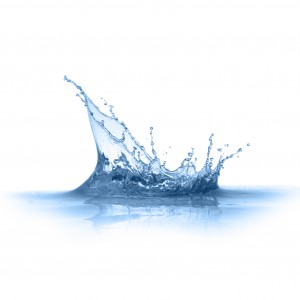 When you invest in a new smartphone, you want to do everything you can to make sure it lasts. While many people put cases around their phone to protect it from damage, cases can’t protect a phone from water. A little while ago, it seemed this problem was solved forever. With the invention of NeverWet, you could potentially waterproof your phone by spraying it. But is this product all it’s cracked up to be?
When you invest in a new smartphone, you want to do everything you can to make sure it lasts. While many people put cases around their phone to protect it from damage, cases can’t protect a phone from water. A little while ago, it seemed this problem was solved forever. With the invention of NeverWet, you could potentially waterproof your phone by spraying it. But is this product all it’s cracked up to be?
Created by Rust-Oleum, NeverWet Spray is a solution that promises to keep any surface dry. A silicon-based coating, NeverWet, when applied properly to a surface, not only prevents the liquid from coming in contact with the underlying surface, it also actually repels the water.
So just how does it work? NeverWet application is a two-step spray process that involves a base coat and a top coat. It’s important that you follow instructions carefully, which includes a short waiting time between step two and when your object comes in contact with water.
In the two-step process, your surface is covered with the silicon-based coating. This coating also creates a 165 contact angle on the surface. This means that any water will automatically roll of the surface.
At the moment, NeverWet is recommended for use on metals, concrete, wood and plastic. Rust-Oleum has also released a video showing how the product works on an iPhone. However, the company also cautions that there is high level of precision needed when applying NeverWet to electronics. For this reason, in their instructions, Rust-Oleum says NeverWet is not, at this time, recommended for use on electronic devices.
For the time being, if you decide you have enough precision to use NeverWet on your smartphone, you do so at your own risk. However, NeverWet has been paying attention to the requests for a smartphone solution. Jim Stinner, Vice President of Marketing for Rust-Oleum, has said that, “There will be a different version at some point in the future that is more suited for [electronics].” ( http://abcnews.go.com/Technology/neverwet-spray-promises-waterproof/story?id=19555311). We hope this “point in the future” is not too far down the road.
